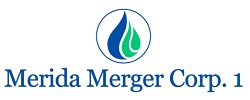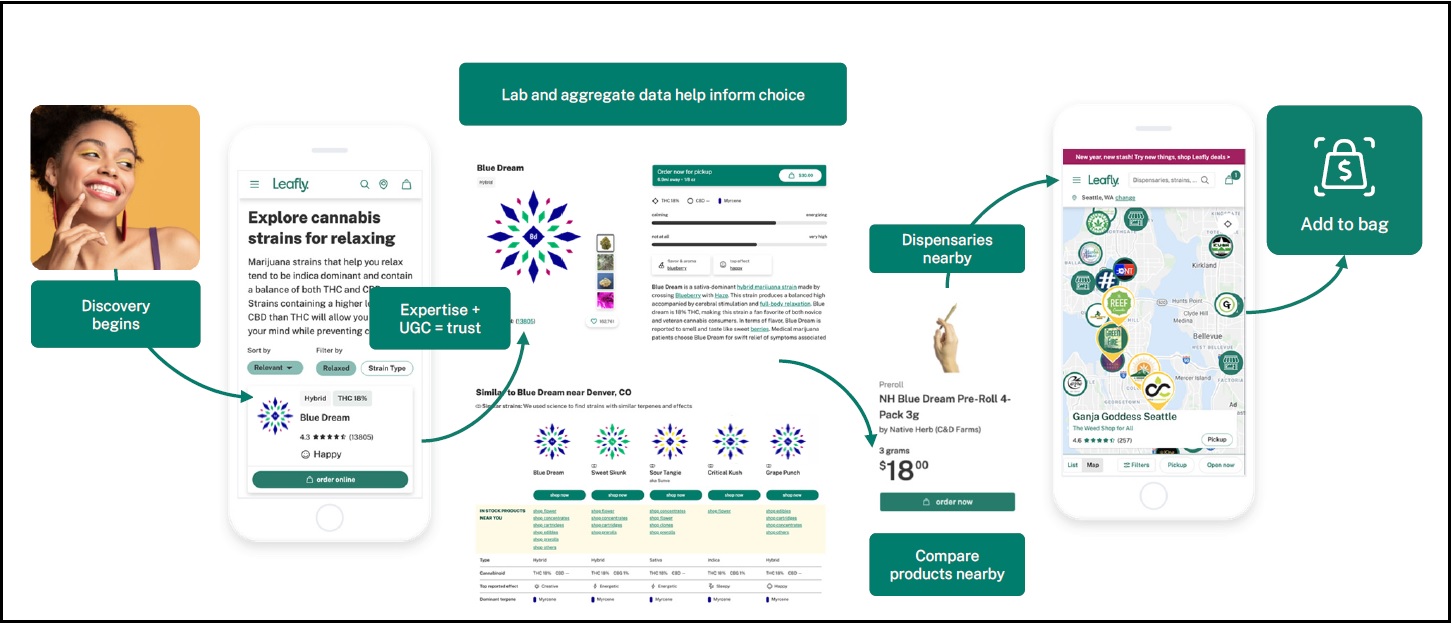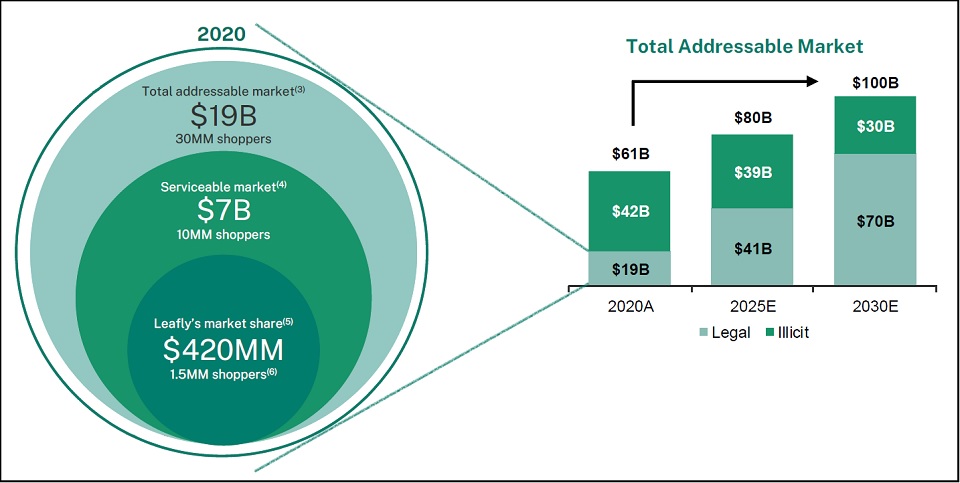Listing on NASDAQ under the Ticker LFLY
 After the deal closes, New York-based Merida will adopt the name Leafly and the stock of the merged company will be listed on NASDAQ under the ticker symbol LFLY.
After the deal closes, New York-based Merida will adopt the name Leafly and the stock of the merged company will be listed on NASDAQ under the ticker symbol LFLY.
Leafly’s existing shareholders will own approximately 72% of the merged company. Leafly has already started raising funds pre-IPO through EquityZen, an online platform that allows people to invest in or sell stocks of private companies before they are listed.
The Deal is Expected to Raise up to $161.5M in Cash
 Leafly expects to generate gross proceeds of up to $161.5 million in cash, which also includes the Company’s recent capital raise of $31.5 million through investors consisting of companies, such as Merida Capital Holdings, Delta Emerald Ventures, and SOJE Capital, as well as Leafly’s existing shareholders.
Leafly expects to generate gross proceeds of up to $161.5 million in cash, which also includes the Company’s recent capital raise of $31.5 million through investors consisting of companies, such as Merida Capital Holdings, Delta Emerald Ventures, and SOJE Capital, as well as Leafly’s existing shareholders.
Leafly Plans to Upgrade its Online Marketplace and Expand Reach
Founded in 2010, Leafly is a Seattle-based leading cannabis company that runs an online discovery marketplace and resource for cannabis. It has a subscription-based platform that features more than 7,800 licensed brands and over 4,500 retail subscribers.
Leafly plans to use the capital proceeds to upgrade its platform, expand its geographic presence, and add more people to the existing customer base.
FIGURE 1: Leafly’s App is where People Discover Cannabis

Leafly’s Business Model: Subscription Fees Makes for Most of the Revenue
Due to federal laws, U.S. cannabis retailers are usually constrained from advertising on all major social media platforms. Leafly’s online cannabis resource provides these retailers an opportunity to reach their potential customers easily and showcase their product offerings to a wider audience.
Leafly generates revenue by displaying paid advertisements of featured brands on its platform and by selling priority listing packages to cannabis retailers. The display ad campaigns are sold on a Cost Per Impression (CPM) model, and consumers can place orders online, but they still need to visit the cannabis store to pick up the order.
According to Leafly, more than 4.5 million orders are placed with brands listed on its online platform annually and it expects the number to grow in the near future. For partnered retailers, the company generates more than $450 million in gross merchandise value (GMV) each year.
Leafly Expects $43M Revenue in 2021
According to its investor presentation, Leafly earned annual revenue of $36 million in 2020, recording an increase of 20% from $30 million in 2019.
Although 2020 was a challenging year for the company due to the COVID-19 pandemic, Leafly expects to generate revenue $43 million in 2021 and $65 million in 2022.
The Global Cannabis Industry could reach $90.4 billion by 2026
According to Markets and Markets, the global cannabis industry, which was estimated at $20.5 billion in 2020, is expected to reach $90.4 billion by 2026, at a compound annual growth rate (CAGR) of 28%.
One of the major reasons behind this prospected growth is the legalization of cannabis across different regions. Also, there is growing awareness about cannabis and its health benefits among consumers.
FIGURE 1: Leafly’s Estimate of the Total Addressable Cannabis Market

12 US States Legalize Cannabis for Recreational Purposes
Cannabis has become a rapidly growing industry, especially after the COVID 19 pandemic as more and more states have legalized the use of cannabis not only for medical purposes but recreational as well.
According to Flowhub, the recreational use of cannabis is now legal for consumers aged above 21 in 12 US states including California, Alaska, Oregon, Washington, Vermont, Michigan, Massachusetts, Maine, Colorado, Nevada, Illinois, and Arizona.
As the legalization of cannabis continues, cannabis-related companies could record stronger growth and industry consolidation.
Other cannabis companies that have gone public this year include Hempsana Holdings (CSE:HMPS) and Mary Agrotechnologies (CSE:MARY) thatdebuted on the Canadian Securities Exchange (CSE) in July and May, respectively.
The Cannabidiol (CBD) products maker, Grove (Nasdaq:GRVI) also completed an $11 million IPO in June. The number of cannabis and CBD companies joining the IPO trend are expected to grow even further over the next year as legalization continues in more U.S. states.
Notes: All numbers in USD unless otherwise stated. The author of this report, and employees, consultants, and family of eResearch may own stock positions in companies mentioned in this article and may have been paid by a company mentioned in the article or research report. eResearch offers no representations or warranties that any of the information contained in this article is accurate or complete. Articles on eresearch.com are provided for general informational purposes only and do not constitute financial, investment, tax, legal, or accounting advice nor does it constitute an offer or solicitation to buy or sell any securities referred to. Individual circumstances and current events are critical to sound investment planning; anyone wishing to act on this information should consult with a financial advisor. The article may contain “forward-looking statements” within the meaning of applicable securities legislation. Forward-looking statements are based on the opinions and assumptions of the Company’s management as of the date made. They are inherently susceptible to uncertainty and other factors that could cause actual events/results to differ materially from these forward-looking statements. Additional risks and uncertainties, including those that the Company does not know about now or that it currently deems immaterial, may also adversely affect the Company’s business or any investment therein. Any projections given are principally intended for use as objectives and are not intended, and should not be taken, as assurances that the projected results will be obtained by the Company. The assumptions used may not prove to be accurate and a potential decline in the Company’s financial condition or results of operations may negatively impact the value of its securities. Please read eResearch’s full disclaimer.




